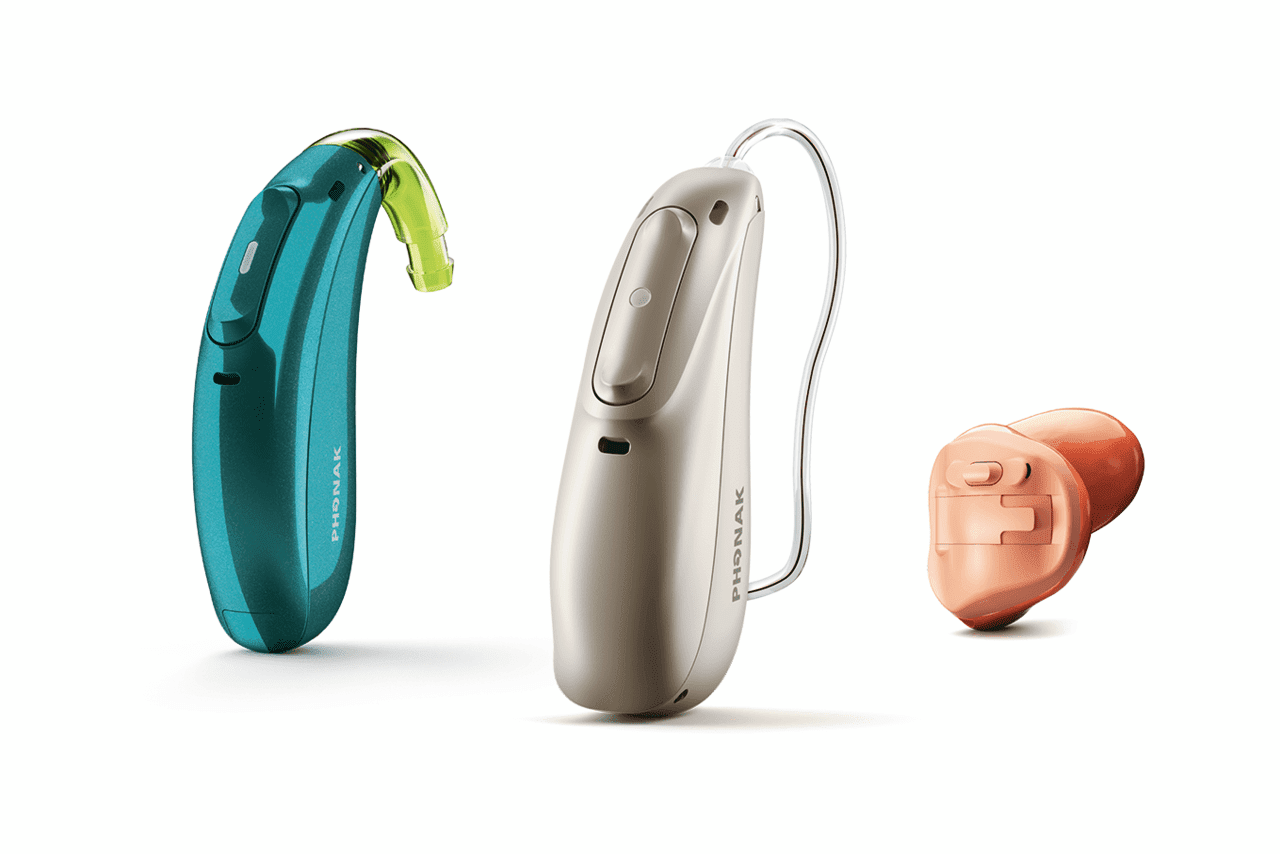When Should I Update My Hearing Aids?
If you’ve been wearing hearing aids for a while, you’re

By: nick | June 14, 2023
Are you amazed by the amount of power that your tiny hearing aids put out? They support you every day during conversations, at work, at home and everywhere in between. However hearing aids haven’t always been this advanced. It’s taken years of innovation to get them to this point.
Do you remember the hearing aids that your parents or grandparents used to use 20 years ago? They were cumbersome flesh tones, garishly large monstrosities, that were extremely prone to feedback. Today they’ve come a long way and in fact have driven the future of miniaturization in digital technology. Let’s explore the road that has gotten us to this point in ingenuity.
Even 20 years ago, the idea of a high speed computer in your pocket would be unfathomable. However, from desktops to flip phones we are finally at a place where people don’t think twice about having a state-of-the-art smartphone in their pocket or purse. This level of portability allows us to check the weather and the news no matter where we are. In addition to phone calls and text they can play music, take photos, record measurements, and act as most people’s primary source for navigation. How did we get to this point? Its roots can be traced back to 1977 when inventors at MIT built a single tablet that filled an entire room. Ever since that point computer developers have been on a journey to make computers smaller, faster, and more portable. Surprisingly it has been hearing aids which are responsible for driving the advancement in miniaturization.
For hearing aid users, the option for a giant cumbersome computer to enhance hearing was never an option. Hearing aids need to be an on-the-go adaptable computer that can enhance your hearing everywhere you go. This means they required a power source which is equally portable which has also been part of the journey towards miniaturization. Here are some of the key moments that have propelled hearing aids to this point.
Prior to hearing aids, many people used ear horns which were often as crude as a ram’s horn to aid in hearing impairments. It was technology advancements developed during WWII which was then integrated into hearing aid technology in the form of radio and transmitter technology.
The key to miniaturization in hearing aids is in large part due to the development of transistors. Prior to transistors, electronics mainly relied on high-voltage circuits which allowed them to only output as much voltage as they received upon input. However, in 1947 John Bardeen and Walter Brattain at AT&T’s Bell Labs in Murray Hill, New Jersey were able to develop conductors which made it possible for output voltage to be greater than the input voltage. This discovery allowed for a smaller voltage to become amplified at a greater force, producing more power in a smaller device. This was the advancement which empowered hearing aid developers to push for more compact and discrete designs to fit in with a modern busy life.
While transistors certainly allowed for hearing aids to be developed at a smaller size, it has been a long journey towards the hearing aids we know today. Today the standard consists of a microphone, receiver, and speaker which are small enough to fit into a tiny device in or around the ear.
However, it was the development of the integrated circuit which allowed for hearing aids to make a leap in advancement. An integrated circuit is a set of electronic circuits on one small flat piece of semiconductor material which created even more power in smaller electronics. Integrated circuits when combined create microprocessors which can generate arithmetic, logic, and control circuitry, allowing for the manipulation of sound for the benefit of the hearing aid user.
Hearing aids today come in all sizes, styles and with functions which would have boggled the mind of hearing aid developers 30 years ago. Today some hearing aids are so small, they fit deep enough into the ear canal that no one will even know they are wearing them.
To find out how far hearing aids have come and what they can offer you today, contact us for a hearing exam and consultation.

If you’ve been wearing hearing aids for a while, you’re
By: admin | May 5, 2022

According to a World Health Organization estimate, about 466 million
By: admin | May 5, 2022

The following scenario will be familiar to anyone who suffers from hearing
By: admin | March 22, 2022
